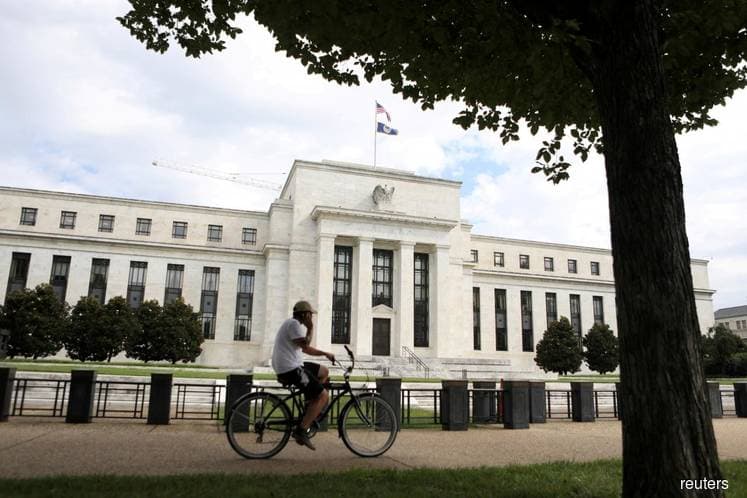
WASHINGTON (Dec 20): The U.S. Federal Reserve continued its quiet battle to keep a firm grip on its policy rate on Wednesday by again narrowing the gap between the effective ceiling and floor that keeps it contained.
The technical adjustment, announced after the end of a two-day policy meeting, was the second in six months in response to uncooperative overnight lending markets, where dwindling bank reserves and a rush of newly-issued U.S. Treasuries have made it difficult for the Fed to keep its key federal funds rate well within the policy range.
As expected, the U.S. central bank raised its key overnight lending rate by a quarter of a percentage point to a range of 2.25 percent to 2.50 percent. But within that range, the Fed set the interest it pays banks on excess reserves, known as IOER, at 2.40 percent, acting as an effective ceiling for the policy rate.
IOER was intended to mark the upper end of the policy range as the Fed gradually lifted rates from near zero beginning in December 2015.
But since about a year ago, as the Fed simultaneously began reducing its bond holdings, the fed funds policy rate started drifting away from the center of the range toward the upper limit, causing some Fed officials to worry that it would break out. (Fed's bond holdings and bank excess reserves: https://tmsnrt.rs/2Jh0PPN )
So in June, as it continued to tighten policy, the Fed set IOER 0.05 percent lower than the upper limit to create a buffer. It proved, however, to be a short-term fix: In October, the fed funds rate again drifted up and traded consistently at the IOER rate, setting the stage for another adjustment.
At the Nov. 7-8 policy meeting, Fed Chairman Jerome Powell told his colleagues on the rate-setting Federal Open Market Committee he was open to the move, according to minutes which noted that "there remained some risk that it could continue to drift higher before the Committee's next meeting."
The Fed hopes the tweaks discourage banks from borrowing reserves at the lower fed funds rate and profiting on the higher IOER by leaving the reserves at the central bank. The goal is to encourage banks to lend rather than playing the rate arbitrage.
If the fed funds rate continues to drift higher, forcing the Fed's hand again in 2019, some analysts think the central bank could opt to halt its portfolio trimming earlier than expected. That could permanently leave the Fed with more assets and effectively a more accommodative stance.